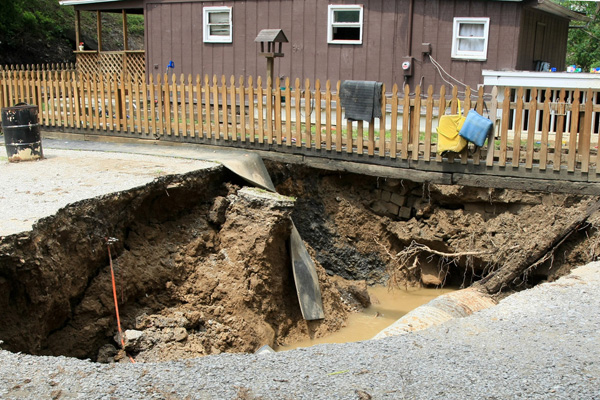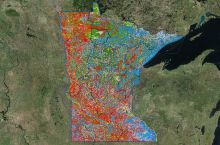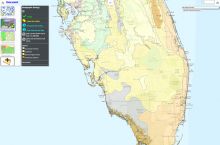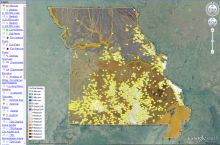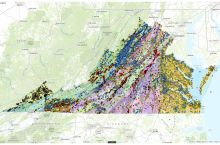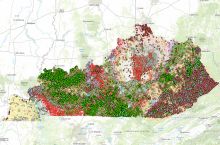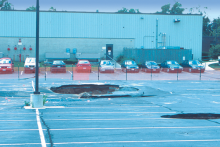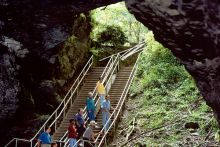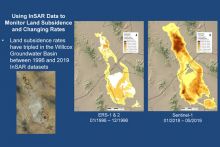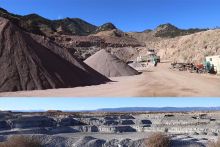Sinkholes have both natural and artificial causes. They tend to occur most often in places where water can dissolve the bedrock (especially limestone) below the surface, causing overlying rocks to collapse. Florida, Texas, Alabama, Missouri, Kentucky, Tennessee, and Pennsylvania are most sinkhole-prone.
Basics
Most sinkholes occur in places where water can dissolve the rock below the surface, for example where the bedrock is limestone, salt, or gypsum. They can collapse very quickly, or slump slowly over time. Many sinkholes occur naturally, but human activities can also cause them. Over-pumping of groundwater, mining, and leaking pipes beneath roads and buildings are common causes of artificial sinkholes. Read more
Frequently Asked Questions
Florida Geological Survey
U.S. Geological Survey

